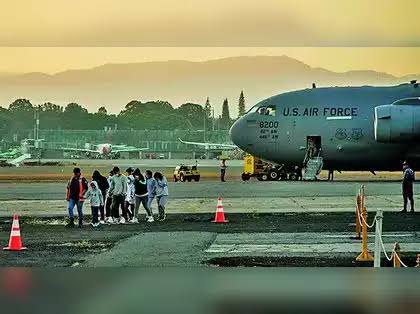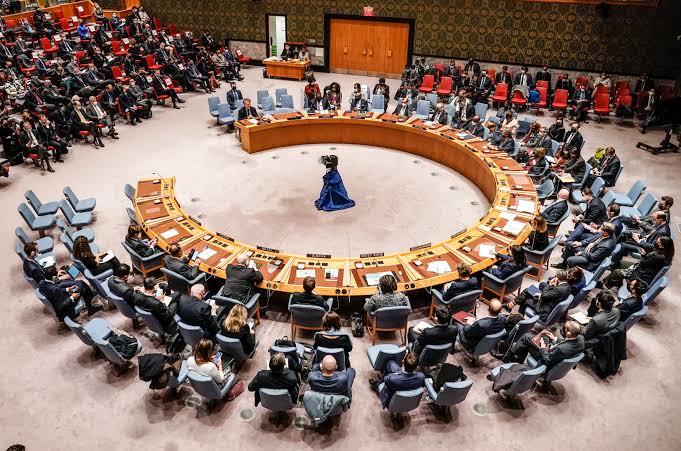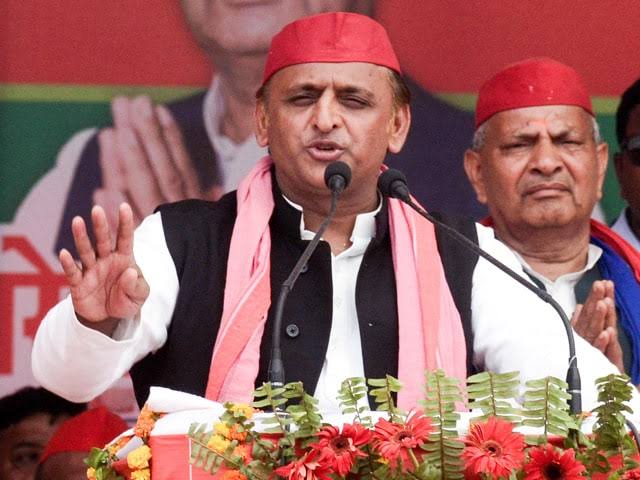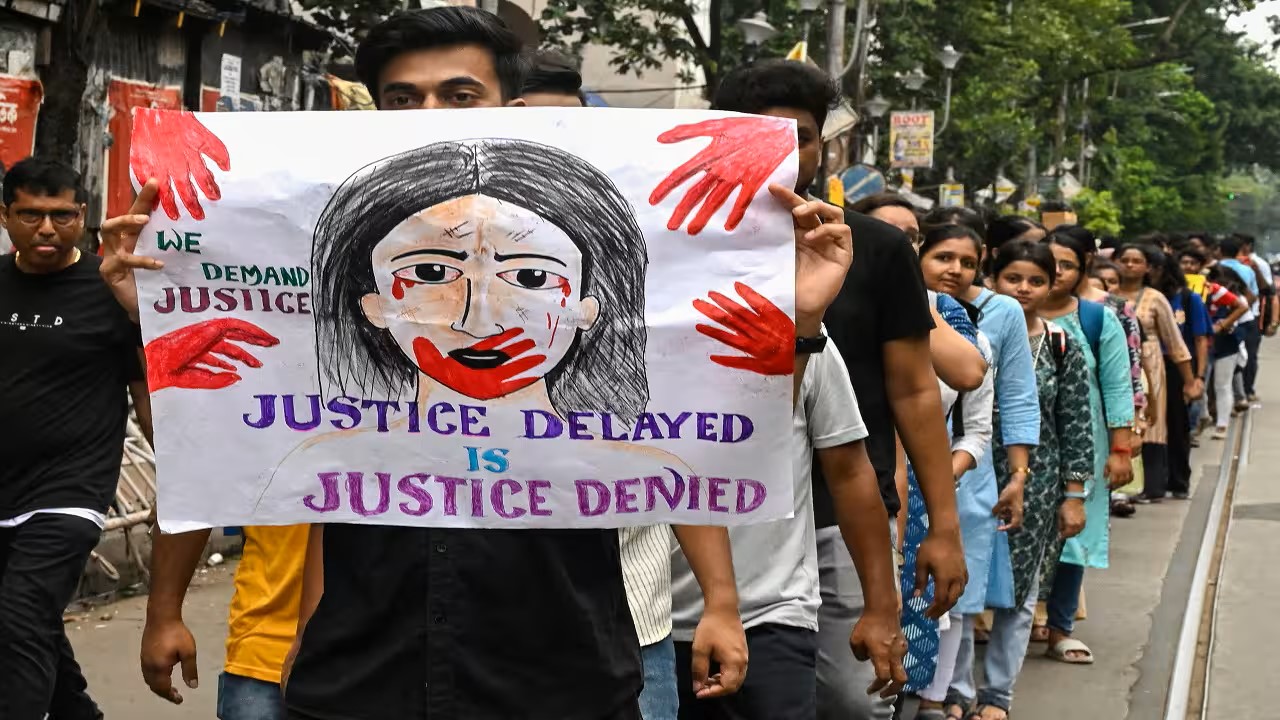The recent deportation of over 100 Indians from the United States in a military aircraft has sparked discussions about the treatment of migrants and the evolving dynamics of immigration policies. The use of a US Air Force C-17 Globemaster III to transport deportees to India marks a significant departure from previous practices, raising concerns about the way Indian nationals were repatriated. The flight landed in Amritsar on Tuesday, with reports confirming that the deportees were handcuffed and had their legs shackled throughout the nearly 24-hour journey.
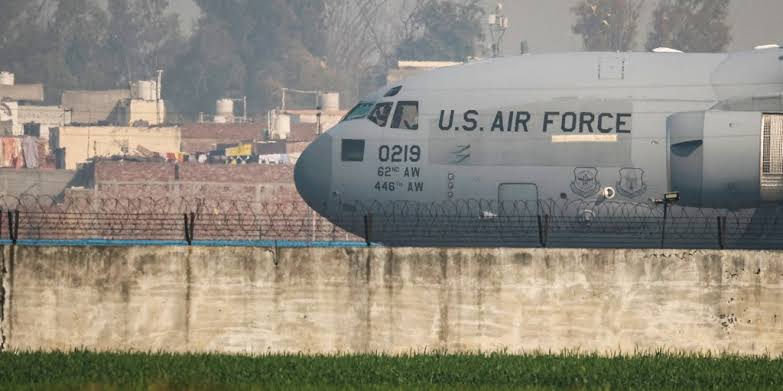 Foreign Secretary Vikram Misri addressed these concerns, explaining that this particular deportation was categorized as a national security operation by US authorities, which may have influenced the decision to use a military aircraft. He assured that the Indian government is actively engaged with the United States to ensure that deportees are treated with dignity and their basic needs are met. External Affairs Minister S. Jaishankar, speaking in Parliament, emphasized that deportation of illegal migrants is not a new phenomenon, noting that hundreds of Indians are sent back every year for overstaying or entering the US unlawfully. He reiterated that while India is committed to encouraging legal migration, it also recognizes its responsibility to take back its citizens who are found to be residing illegally in foreign countries.
Foreign Secretary Vikram Misri addressed these concerns, explaining that this particular deportation was categorized as a national security operation by US authorities, which may have influenced the decision to use a military aircraft. He assured that the Indian government is actively engaged with the United States to ensure that deportees are treated with dignity and their basic needs are met. External Affairs Minister S. Jaishankar, speaking in Parliament, emphasized that deportation of illegal migrants is not a new phenomenon, noting that hundreds of Indians are sent back every year for overstaying or entering the US unlawfully. He reiterated that while India is committed to encouraging legal migration, it also recognizes its responsibility to take back its citizens who are found to be residing illegally in foreign countries.
The circumstances surrounding this deportation have drawn attention to the plight of migrants who undertake perilous journeys in pursuit of a better life. Many of the deported individuals had taken the dangerous “Donkey” route, an illicit network of human smuggling that leads migrants through multiple countries before reaching the US. These individuals, having spent vast sums of money in the hope of building a future abroad, now find themselves back in India with shattered dreams and significant financial losses.
The economic aspect of this operation has also been noteworthy. Reports suggest that using a C-17 military aircraft for deportation is significantly costlier than commercial flights. A similar deportation mission to Guatemala was estimated to cost around $4,675 per migrant, five times the cost of a first-class commercial ticket. Given the longer distance from Texas to Amritsar, the estimated expense of this deportation exceeded half a million dollars, highlighting the financial burden associated with such operations.
This development comes at a crucial time, just days before Prime Minister Narendra Modi’s scheduled visit to the United States. His meeting with President Donald Trump—who recently assumed office and has been vocal about his stance on illegal immigration—will likely address this issue, along with broader discussions on Indo-US relations. The episode underscores the growing emphasis on immigration control in global politics and the complex challenges faced by those seeking to move across borders.
Despite the hardships endured by these migrants, the Indian government has assured that it will continue to advocate for humane treatment and fair processes for its citizens abroad. While deportation policies remain a matter of national security for host countries, ensuring that individuals are not subjected to undue hardships remains a critical concern. The event serves as a stark reminder of the risks involved in illegal migration and the need for stronger measures to promote safe and legal avenues for those seeking opportunities overseas.

